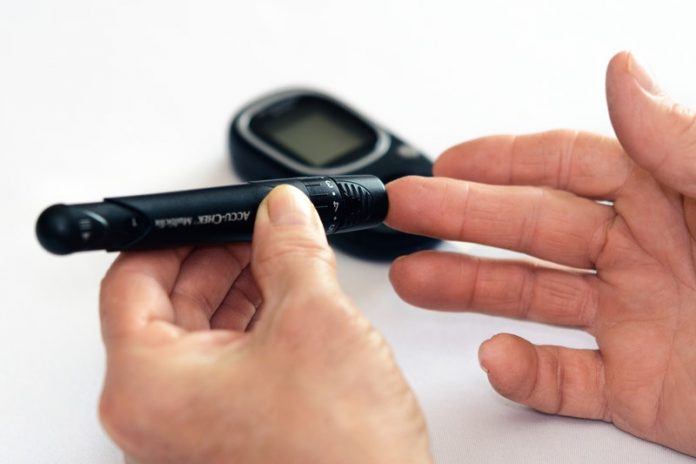
In a new study, researchers found that a newly tested medical device, called Sleeveballoon, mimics the effects of traditional bariatric surgery in rodents and produces impressive results on body weight, fatty liver and diabetes control.
The research was conducted by a team from King’s College London.
Gastric bypass surgery is a highly effective treatment of obesity and type 2 diabetes.
However, very few eligible patients, only around 1%, are offered surgery and some also prefer less invasive approaches.
Sleeveballoon is a device that combines a balloon with a connected sleeve, which covers the initial parts of the small intestine.
It is inserted into the stomach and bowel during minimally invasive surgery under general anesthetic.
In this study, the researchers compared the effects of the Sleeveballoon and traditional bariatric surgery on 30 rodents fed with a high-fat diet, achieving very similar results.
Results were also compared to sham-operated rats, with the new device reducing food intake by 60% and resulting in a 57% reduction in fat mass.
The effect on diabetes was similarly impressive with blood glucose levels dropping by 65%.
The team says the metabolic effects of the Sleeveballoon device are similar to those of the gastric bypass but have distinct advantages over the traditional method.
In both, insulin sensitivity and heart function improved.
However, while gastric bypass causes a rapid rise in post food blood glucose levels which can cause hypoglycemia, the Sleeveballoon induces a slowing down of digestion which has a steadying effect on blood sugar levels.
This helps control appetite and hunger, keeping the person fuller for longer and substantially reduces weight.
The device should be removed after 6 to 12 months, and the team is eager to test the device in say more research is needed to manage this process and avoid reversal of the positive effects on obesity and diabetes.
The lead author of the study is Professor Geltrude Mingrone from King’s College London.
The study is published in EBioMedicine.
Copyright © 2019 Knowridge Science Report. All rights reserved.



